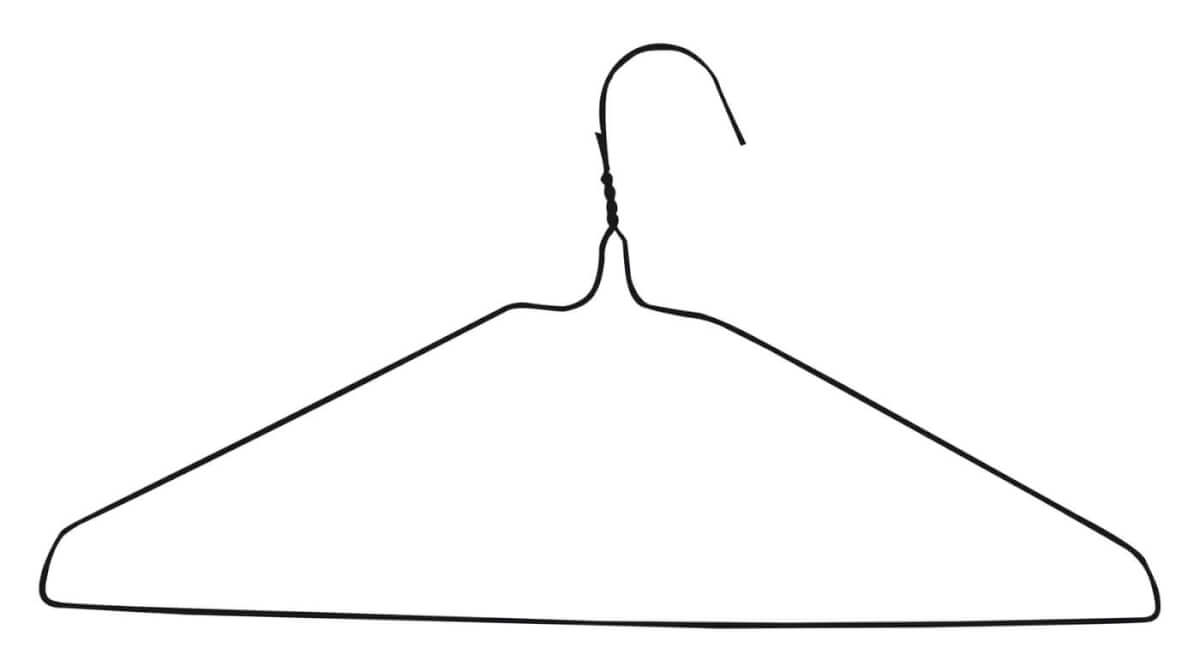Where will you be when the lights go out? You may be at home or in your car where you have everything you need—or you may find yourself elsewhere with few or no supplies. The point of self-reliance is not “reliance on all the stuff I’ve stashed in case things go pear-shaped.” The point is being able to rely on your wits and your skills to get you through whatever may come.
Fortunately, there are good tools all around you—you just have to learn to recognize them. To kick-start your thinking process, here are 10 useful items you can find in most North American homes, and some ideas on how to use them in an emergency.
 1. Kitchen Knife
1. Kitchen Knife
This one is so obvious, it feels like cheating to even mention it. So what if your awesome, combination Bowie knife with skinning hook and tactical built-in compass is up at your cabin, while you’re three states away at Aunt Myrtle’s 80th birthday party? Bet you money she’s got a 10-inch French chef’s knife, and that’s good enough.
 2. Laundry Bleach
2. Laundry Bleach
Eight drops of standard bleach will treat a gallon of water for drinking. Start by filtering the water through a bandana to screen out solids, and then mix in your bleach and let the water stand for a half hour before drinking.
3. Wire Coat Hanger
Useful for anything from unlocking a car to securing a door. This metal is both bendable and strong, and when it’s unfolded, a hanger has enough length to be useful. You can even use it as temporary welding rod if you have an oxyacetylene torch handy.
 4. Liquor
4. Liquor
Any alcoholic beverage of 80 proof or more will burn quite readily, and can be used to start a fire. That generally means hard alcohol like whisky, vodka, gin, and so on, but not beer, wine, or other drinks.
5. Honey
 The National Institutes of Health tell us that “honey has been documented in the world’s oldest medical literatures, and since the ancient times, it has been known to possess an antimicrobial property as well as wound-healing activity. “The healing property of honey is due to the fact that it offers antibacterial activity, maintains a moist wound condition, and its high viscosity helps to provide a protective barrier to prevent infection.”
The National Institutes of Health tell us that “honey has been documented in the world’s oldest medical literatures, and since the ancient times, it has been known to possess an antimicrobial property as well as wound-healing activity. “The healing property of honey is due to the fact that it offers antibacterial activity, maintains a moist wound condition, and its high viscosity helps to provide a protective barrier to prevent infection.”
6. CD/DVD
Do you need a signaling mirror? Try a CD or DVD; they work great for catching the attention of rescuers who may be flying over your area. Get a bunch of them and tie them on a string to really flash and catch the light. As a bonus for long-term use, tie CDs to fruit trees and berry bushes to keep birds from poaching your produce.
7. Magnifying Glass
You can get a fire started quite easily with a magnifying glass. A lens is certainly better than flint and steel and almost as good as matches, provided that there’s direct sunlight.
8. Dental Floss
 Everyone has at least a dozen packs of dental floss in drawers and medicine chests, right? This handy thread is super strong and can be used for anything from stitching up wounds to replacing buttons on your clothes. The waxed kind will stay where you put it, which makes it nice for wrapping knife handles and tying simple knots.
Everyone has at least a dozen packs of dental floss in drawers and medicine chests, right? This handy thread is super strong and can be used for anything from stitching up wounds to replacing buttons on your clothes. The waxed kind will stay where you put it, which makes it nice for wrapping knife handles and tying simple knots.
9. Broomstick
An ordinary broomstick can become just about any kind of pole weapon or tool you need. Strap a flattened kitchen fork to it to spear frogs or fish, or bend the fork to pull down apples that are out of reach.
10. Cardboard Box
In the big list of stuff you can find in any house, it’s hard to find something more generally useful than a cardboard box. These have been the go-to construction material for the world’s poor for generations. You can turn a box into temporary shelter (if it’s big enough), or just someplace to sit or stand that will stay dry for a short time.
.
 A box can be used to collect or carry small items, such as kindling, and can be flattened and wrapped around your body to protect and insulate your skin from cold winds. With a basic cardboard box, you can leave a note, make a sunshade, or cut out a window covering.
A box can be used to collect or carry small items, such as kindling, and can be flattened and wrapped around your body to protect and insulate your skin from cold winds. With a basic cardboard box, you can leave a note, make a sunshade, or cut out a window covering.
CONCLUSION
This list barely scratches the surface of useful items that are everywhere around you. Survival is a mindset, and if you start thinking about it, you’ll soon see that the world is full of everything you could possibly need to get yourself and your family through an emergency.
Editor’s note: A version of this article first appeared in the November 2014 print issue of American Survival Guide.







